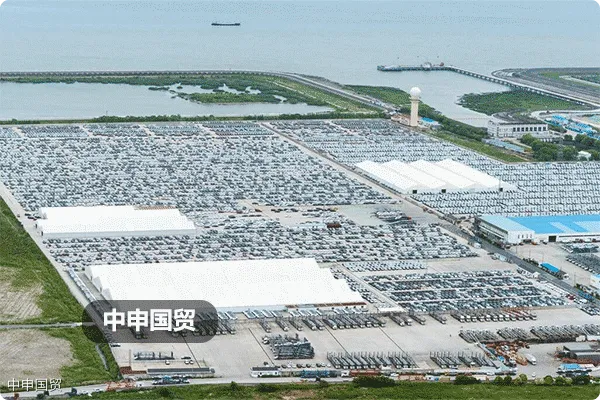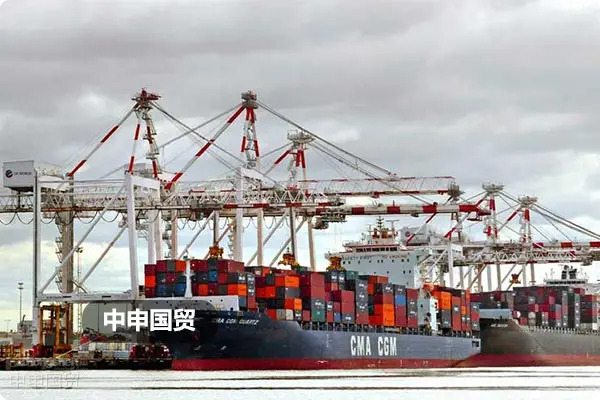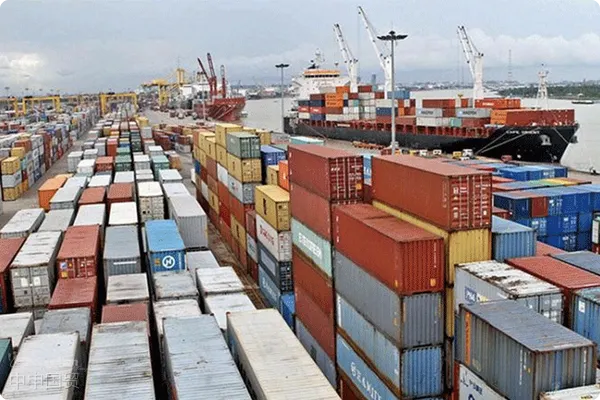- Shanghai Zhongshen International Trade Co., Ltd. - Two decades of trade agency expertise.
- Service Hotline: 139 1787 2118

When enterprises engage in product export business,Export Drawbackis an important financial consideration, and whether agency export tax refund is costly is a concern for many companies. This cost is affected by multiple factors including the companys own scale, business complexity, the service content and charging model of the agency. In-depth analysis of these factors helps companies make wise decisions.
I. Factors affecting agency export tax refund costs
Companys own scale and business volume
For large enterprises, export business volume is large and frequent. Although the tax refund amount is high, the cost of agency export tax refund is relatively small in proportion. This is because agencies can achieve economies of scale when handling large-scale business. For example, a large manufacturing enterprise with thousands of export transactions annually can have them processed through unified procedures by the agency, spreading fixed costs and making the agency cost per transaction relatively low. In contrast, small enterprises with less export volume may face relatively higher unit agency costs as agencies cannot fully utilize scale effects.
CIF (Cost, Insurance and Freight):
If a companys export business involves multiple products, countries and regions, with special trade terms, the cost of agency export tax refund may increase. This is because agencies need to spend more time and effort to sort out complex business relationships, accurately calculate tax refund amounts, and ensure documentation accuracy. For example, a company exporting high-tech products may face different tariff rates, tax refund policies, and strict technical export control requirements, requiring agencies to deeply study relevant policies and carefully prepare declaration materials, which undoubtedly increases costs.
Service content of the agency
Different agencies provide varying service contents, directly affecting costs. Some agencies only offer basic tax refund declaration services with relatively low fees, while comprehensive agencies provide one-stop services including tax refund declaration, document review, tax planning, etc., naturally at higher costs. For example, a full-service agency will strictly review customs clearance documents before export to ensure compliance with tax refund requirements, track transportation in real time during export, and provide complete logistics information support for tax refund - these value-added services are reflected in the fees.Export ClearanceCharging models of agencies
Common charging models for agency export tax refund include per-transaction fees and percentage of tax refund amount. With per-transaction fees, fixed charges apply regardless of tax refund amount, which may seem costly for small refunds. Percentage-based charging means higher fees for larger refunds and vice versa, but companies with high refund potential may feel short-term cost pressure.
II. Relativity of agency export tax refund costs
Comparison with companys own operating costs
If companies handle export tax refund themselves, they need to employ professional financial and
personnel, involving recruitment, training, salary and benefit costs. For most companies, these combined costs may not be lower than agency export tax refund costs, especially when export business is not their core operation. For example, a traditional domestic sales company occasionally engaging in export would face idle personnel risks and potential refund failures or delays due to inexperience if building its own team, while agencies can avoid these issues with their professional expertise.foreign tradePersonnel, which involves costs such as recruitment, training, salaries, and benefits. For most enterprises, these combined costs may not be lower than those of export tax rebate agency services, especially when export business is not their core operation. For example, a traditional domestic sales company occasionally engaging in export business would not only bear the risk of idle personnel if it forms its own team to handle tax rebates, but may also face rebate failures or delays due to lack of experience. In contrast, agencies can avoid these issues with their professional expertise.
Comparison with Potential Benefits
The cost of export tax rebate agency services also needs to be weighed against the potential benefits that enterprises may obtain. Timely and accurate export tax rebates can accelerate corporate capital turnover and improve capital utilization efficiency. For example, if an enterprise can receive tax refunds faster, it can use these funds for raw material procurement, production expansion, or investment in new projects. From this perspective, even though export tax rebate agency services involve certain costs, they may be worthwhile considering the financial benefits and business development opportunities they bring.
Conclusion
Whether the cost of export tax rebate agency services is high or not cannot be generalized, as it is influenced by multiple factors. When considering whether to opt for export tax rebate agency services, enterprises should comprehensively evaluate their business situation, cost budget, and development strategy, weighing the agency costs against potential benefits and risks. Through such comprehensive consideration, enterprises can make the most suitable decisions for themselves, thereby maximizing benefits in export operations.
Related Recommendations
? 2025. All Rights Reserved. Shanghai ICP No. 2023007705-2  PSB Record: Shanghai No.31011502009912
PSB Record: Shanghai No.31011502009912










